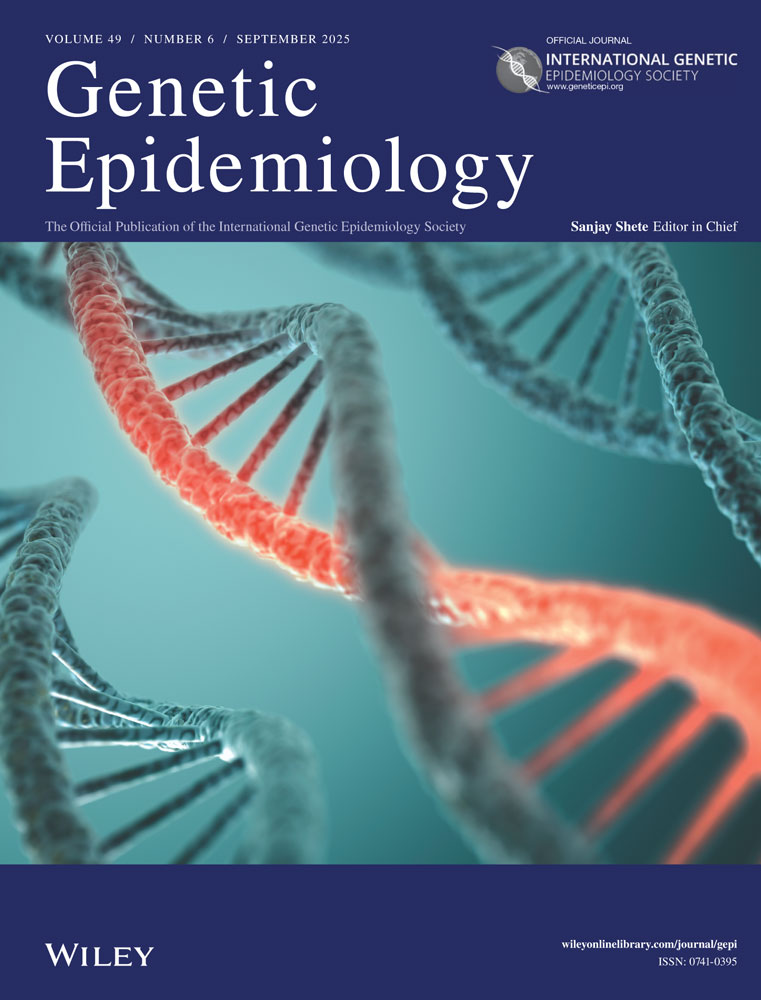Affective disorders: Evaluation of a three-allele model accounting for clinical heterogeneity
Abstract
The group of major affective disorders is clinically heterogeneous. In the genetic linkage study of the Old Order Amish [Egeland et al., 1987] the same disease gene appears to be responsible for the occurrence in one family of several clinically variant forms of affective disorders. Apparently other genetic or environmental factors determine the clinical presentation of this disease gene. We evaluated a three-allele model where the clinical expression of the disease allele is determined by the other allele at the same locus. In the presence of a proposed modifying allele the disease allele is expressed as major depression, in the presence of the normal (neutral) allele as bipolar disorder (I or II). We applied this model in our analysis of the Old Order Amish data. In analysis of linkage between the locus for affective disroders and two DNA markers on chromosome 11p, we obtained considerably higher likelihood values under the three-allele model than under a comparable two-allele model. Also, lodscores were higher under the three-allele model, with differences in lodscores between both models ranging from 0.95 to 1.34.




